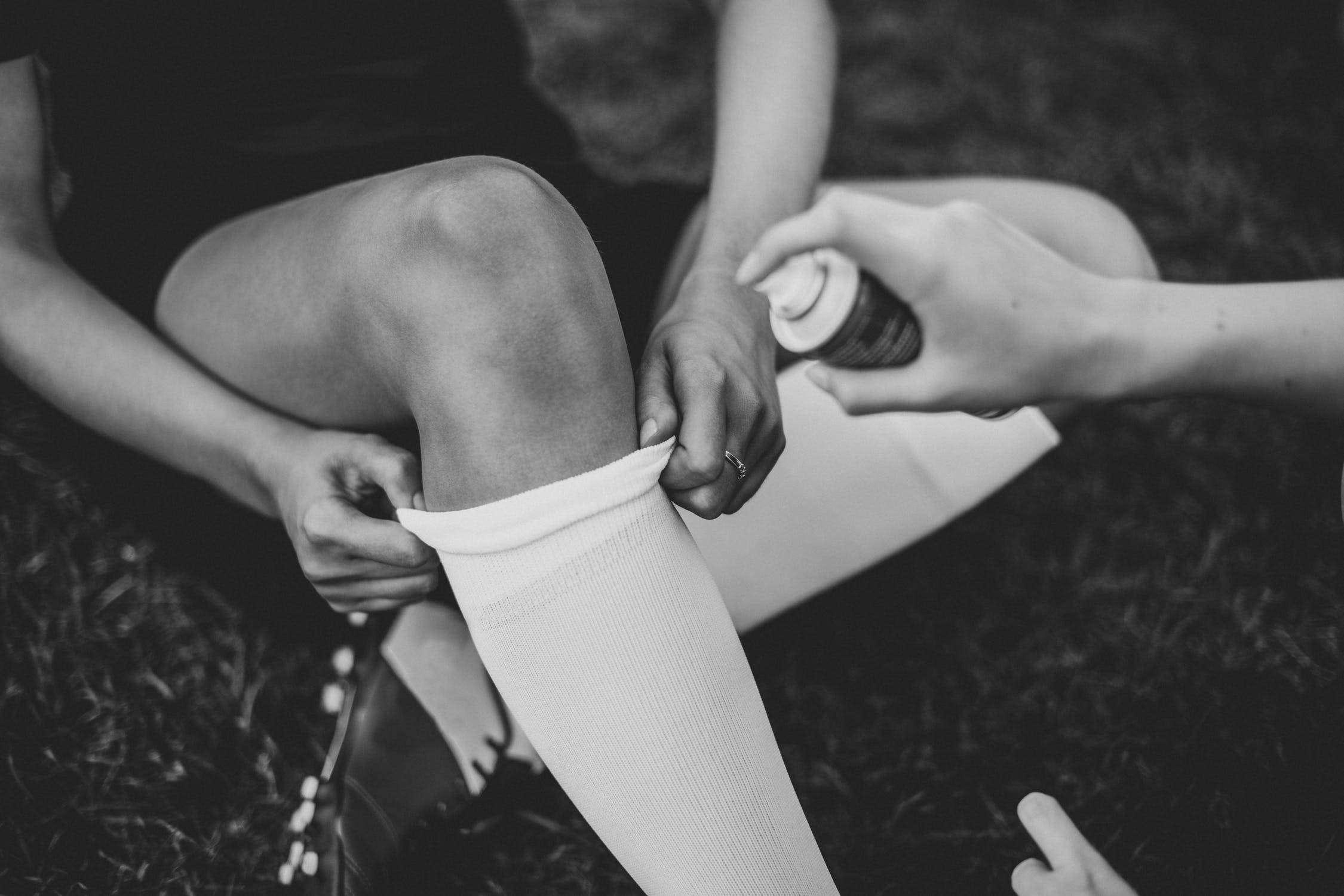By Madeline Robinett.
If you’ve ever injured yourself, chances are your doctor or someone you know has told you to RICE – rest, ice, compression and elevation.
The RICE method is a simple, self-management technique to use immediately and in the three days following an injury – whether it be an ankle sprain, sore shoulder or muscle strain.
In recent years, the last R for ‘referral’ has been added on, to remind you to see your physiotherapist to get an accurate diagnosis and management plan to help you return to your sport or activity faster.
Rest
Rest helps to reduce further injury to the tissues and decrease any potential swelling or bruising as a result of the injury.
While resting, it is important to decrease participation in any activities that increase your pain.
Resting may involve decreasing weight-bearing through the injured body part by using crutches, a brace or taping as decided by your physiotherapist.
Ice
Ice should be applied to the injured area for 20 minutes, every two hours.
Ice should be wrapped in a tea towel or paper towels rather than placed directly on the skin to avoid an ice burn.
Compression
Compression should be applied to the injured area, as well as the areas above and below the injury using a compression bandage to help reduce swelling.
If you experience any pins and needles, numbness or changes in colour to your hands or toes with compression applied, the compression is too tight and needs to be loosened to increase circulation to the area.
Evidence is pointing to the fact that compression is probably the most important step in accelerating recovery and minimising time away from what you want to do, so don’t neglect it!
Elevation
Elevate the injured area above your heart as able to help reduce swelling.
Elevation may include placing your injured area propped up on a pillow whilst you are lying down.
Elevation should be completed as frequently as possible even if not icing.
Referral
Refer the injured person to see their physiotherapist in order to get an injury diagnosis and treatment to help them return to their sport or activity sooner.
Remember, if you have any pain or swelling that doesn’t go away in the first three days or gets worse, to visit your physiotherapist to get an accurate diagnosis and treatment for your injury, allowing you to return to sport faster!

